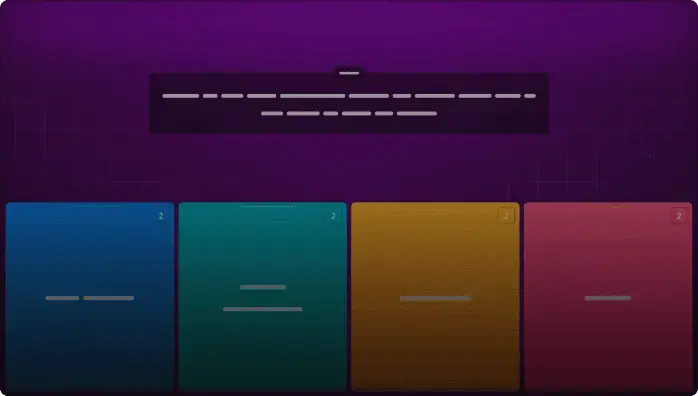
Thinking and decision-making
Assessment
•
Stacey Coufal
•
Social Studies
•
11th - 12th Grade
•
173 plays
•
Hard
Student preview

9 questions
Show answers
1.
Multiple Choice
Which of the following statements is true about thinking, decision making and problem solving?
Decision making is a part of problem solving - and both decision making and problem solving are examples of thinking.
Decision making is an aspect of thinking - but not part of problem solving.
Problem solving is a part of decision making - but only decision making is a true example of thinking.
Thinking, decision making and problem solving are three distinct cognitive processes with no overlap in what they do.
2.
Multiple Choice
Mary believes that she is an excellent math student. In fact, her favorite unit is statistics. However, when she is asked to critically evaluate the data of a experiment in psychology class, she does not know how to do it. How does the Dual Process model explain this?
She has developed the System 2 thinking necessary for math class, but not for psychology class.
Her knowledge from mathematics is interfering with her knowledge in psychology.
She is not able to transfer her understanding in mathematics to a new context (situation). So, her approach to solving the problem shows System 1 thinking.
Mary's self-esteem in psychology class is interfering with her ability to solve the problem. It has nothing to do with System 1 and System 2 thinking.
3.
Multiple Choice
If I meet two students from your school and they are brilliant psychology students, I may then conclude that your school must have an amazing psychology program. This conclusion follows a simple “rule of thumb” or a mental short-cut called a
stereotype
participant bias
matching bias
heuristic
4.
Multiple Choice
When are we more likely to use System 1 thinking?
When we have practiced something a lot.
When we have too much information to process.
When the problem is highly abstract.
When we need to transfer information from one situation to another.
5.
Multiple Choice
Which of the following is not a characteristic of System 1 thinking?
It is dependent on context - that is, environmental cues - to solve the problem.
Is able to transfer information from one situation to another.
Requires little effort.
Results in creating impressions.
Explore all questions with a free account
Find a similar activity
Create activity tailored to your needs using
.svg)

Thinking and Decision Making
•
11th - 12th Grade

Cognitive Approach - Thinking and Decision Making
•
11th Grade

THINKING AND DECISION MAKING
•
12th Grade

Thinking and Decision Making
•
12th Grade

Dual Process Model
•
11th Grade

Thinking & biases quiz
•
11th - 12th Grade

Dual processing & baises review
•
11th Grade

Thinking and Dual Processess of Decision Making
•
12th Grade